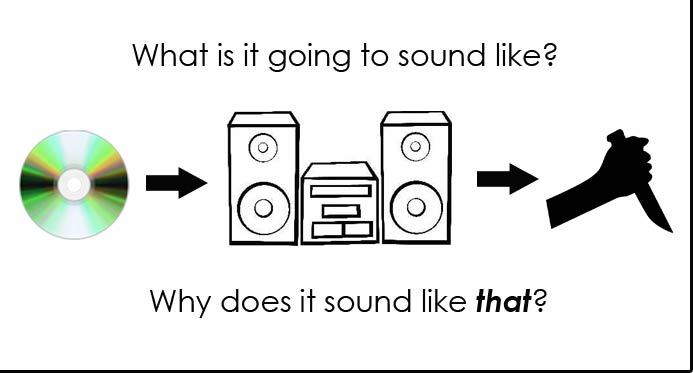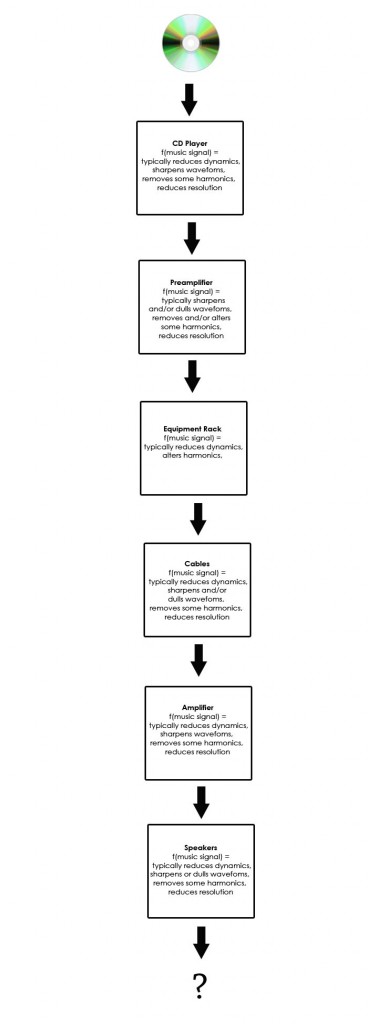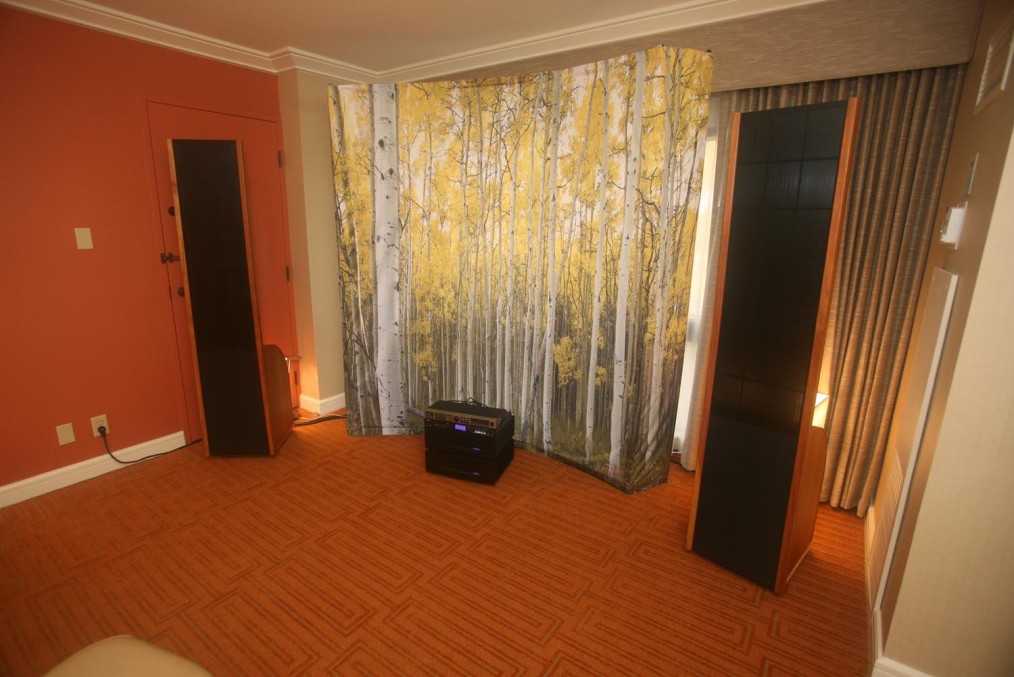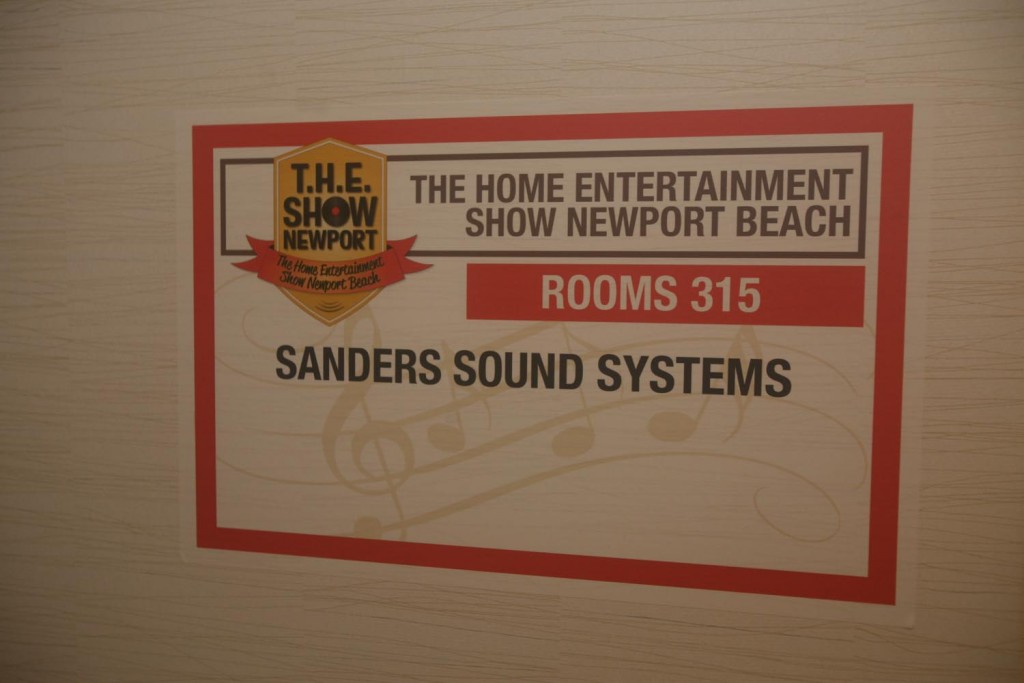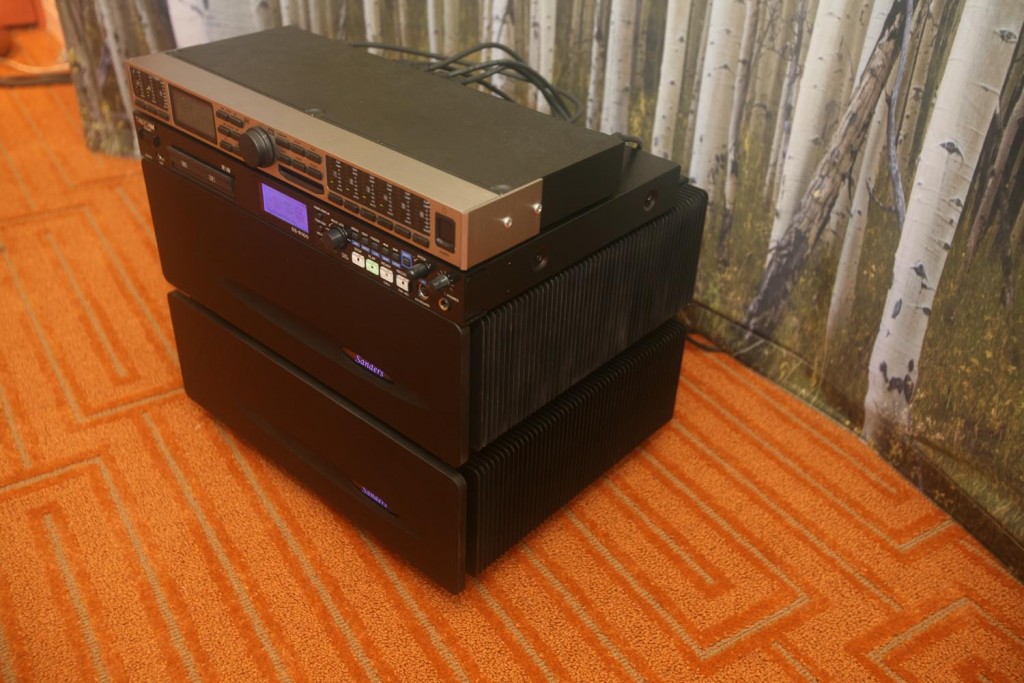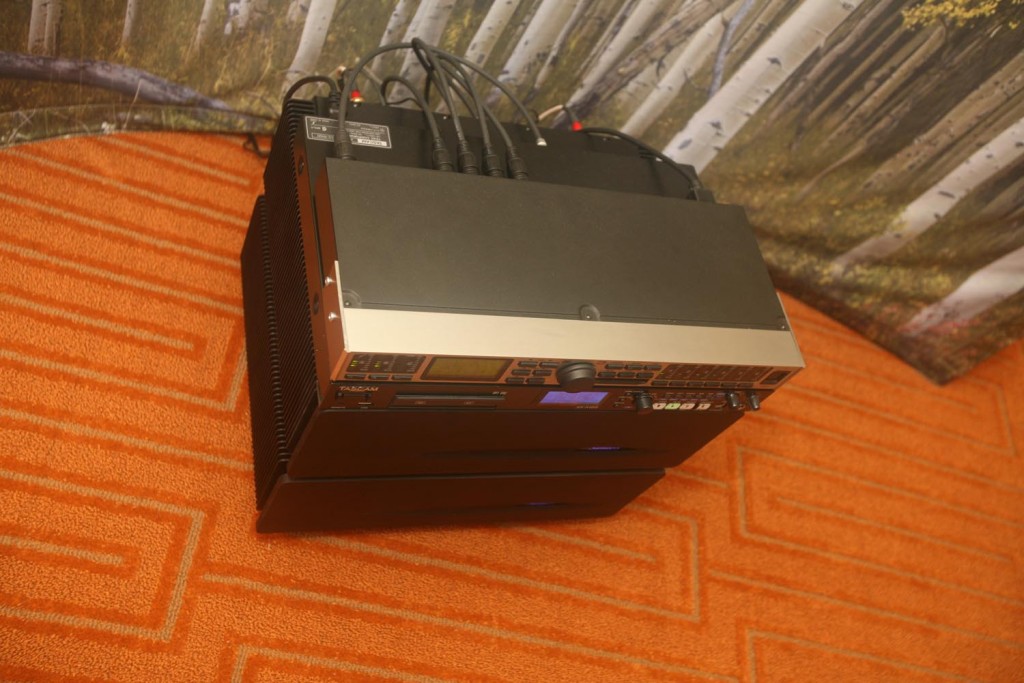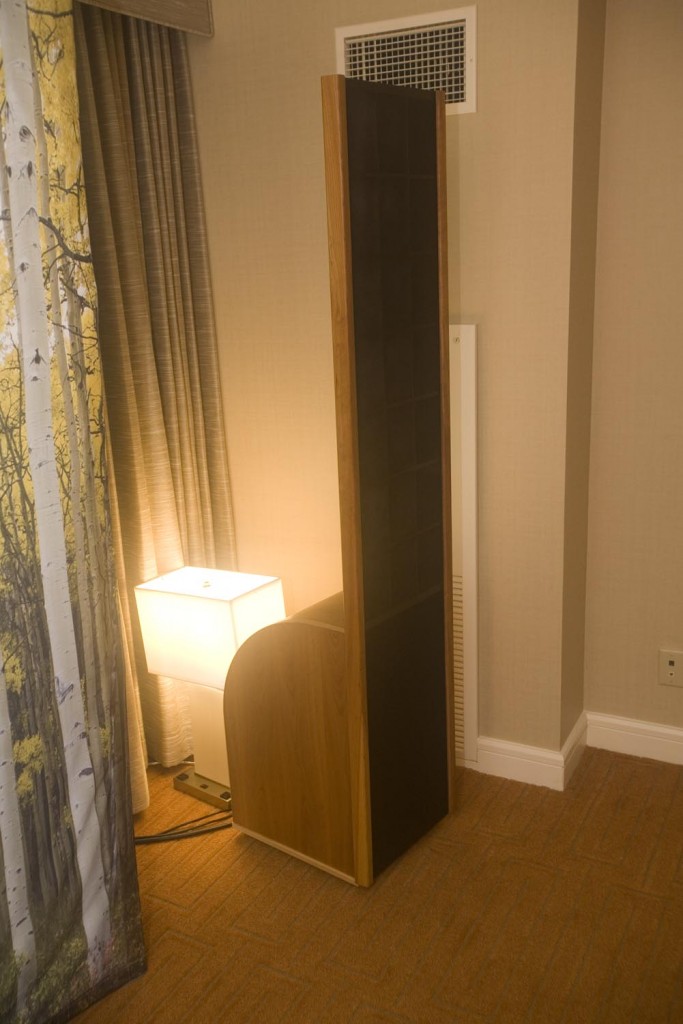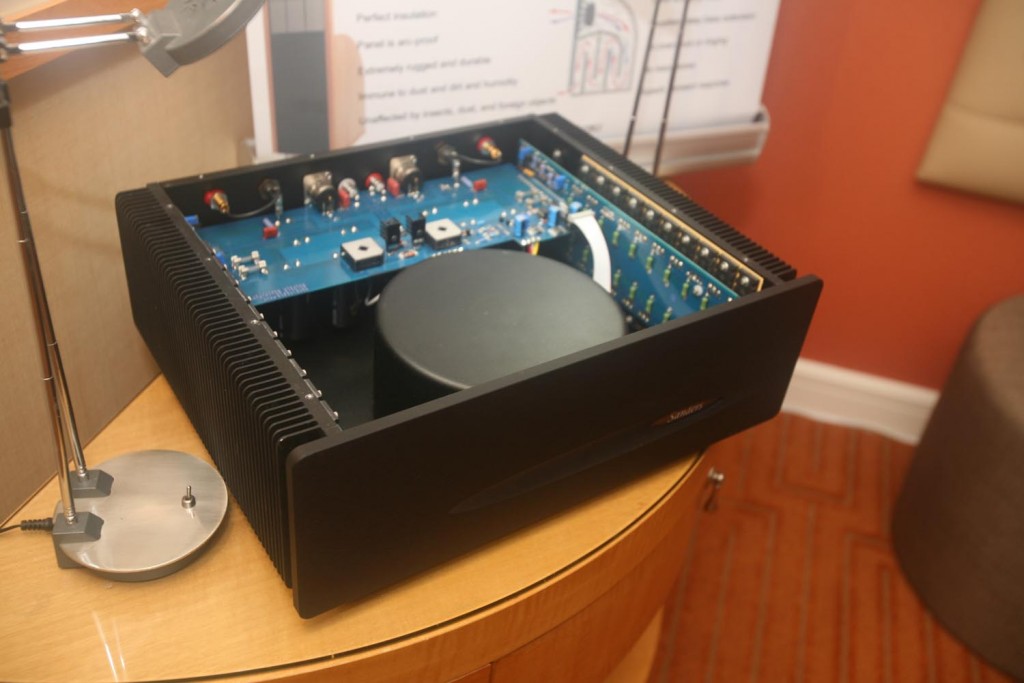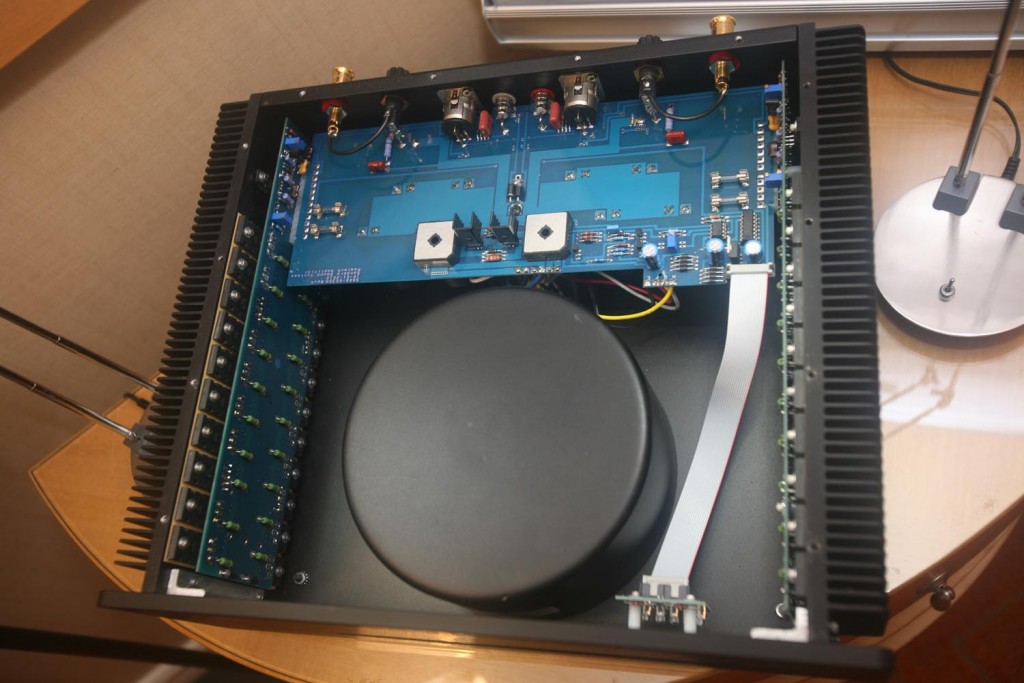… and How to Build an Audio system that Sounds the Way You Want it to.
A stereo system [you know, that stuff between the source media and your ears?] is just one big pile of parts that does something to the sound.
Put all those parts in a box, and shake it all around, add some new stuff, remove some old stuff, and you get a different sound.
That box transforms the pure sound of the source media into something we all [consider ourselves lucky to] listen to.
This view of a stereo system is the one most people have.
—-
Let’s now take those parts [components and cables and speakers] out of the box.
Replace each part with the most popular, best-rated part of the same kind.
Put the parts back into the box. No, really. It is just a blog post. No harm will come to anyone if we do this.
The prediction that the resulting sound will also deserve a ‘best’ rating is one held by many if not the vast majority of audiophiles.
Unfortunately, this is often not the case.
[this system design technique is often linked with the Stereophile semi-annual Buyer’s Guide]
—-
OK. Everything back out of the box. Ugh.
Now we listen to each part available at a specific price-point. We assign it a value based on how bright / dull-sounding the part is.
Choose a set of these parts so that their bright / dull-sounding values all add up to zero [i.e. a perfectly neutral sound].
Chose the parts at random if you want, that is what most people do. As long as the bright-sounding gear is counter-balanced by dull-sounding gear.
Back into the box.
Although the sound coming out of the box is not bright nor dull, it is not very good because the bright and dull-sounding parts used are, because they are indeed bright or dull-sounding, not very good sounding parts.
—-
At about this point, the sound is just boring. Has always been boring. One fears it will always BE boring.
In an effort to add some life, some flavor, to the sound, one now throws out everything in the box and tries a different approach.
The approach is to pick parts which all share a particular sound. A ‘flavor’ if you will. Dynamic. or Sweet. or Impressive. or Harmonically rich. or Accurate. An so on.
No pretense about making the ‘best’ sound. Just to make a sound with a favorite flavor that one can enjoy.
The sound coming out of the box now is entertaining to a degree. A vast improvement.
But it is very easy to end up with a sound that is so compromised in other, often very basic, attributes that it irritates as much as it entertains. Like eating only ice cream for months and months. Or, for some of you out there, only spinach.
—-
The Model-Based Approach
Every component, every cable, every rack and speaker, does something unique to the sound.
Sound -> Part (component, cable, etc.) -> Result
or
result = f(sound) where f is a characteristic function for the part
This function represents several terrible things being done to the sound, and we can only hope that it does them with a light touch.
* Filters frequencies (unevenly across the frequency spectrum)
* Dampens dynamics (unevenly across the frequency spectrum)
* Changes frequencies [harmonics] (unevenly across the frequency spectrum)
If you know the characteristic function for [most of] the components in a system, you will be able to predict what that system will sound like before you even hear it – and your prediction will often be quite close to reality.
So, when we are creating our next system, and choosing parts to put into the ‘box’, we think about the characteristic function for each part first.
For example:
One can construct systems like so:
Choose components which have a very a light weight, low-impact characteristic function – these impact the sound in a minimal way, at least relative to their competition.
[i.e. Very neutral, clean, but not too neutral or clean.]
Then choose ONE component that has one of your favorite flavor. Maybe a 2A3-tube amplifier. Or something with very high resolution and very accurate.
The result?
The sound will sound much like that one, special component, with little or no associated deleterious effects.
Kind of like making a balanced meal, which may not be all that special, but adding in a rare vegetable or meat, or spice, or a special dessert, or wine to go with it. It’ll be a special meal, and you [and your body] will feel just fine afterwards.
This is really easy to hear in practice, as you learn the characteristic sound of more and more components. Visualize the system you are listening to like the daigram above.
As you can see, each component, c, in a typical stereo system affects the sound which, simplifying, can be represented by a characteristic function:
= FDc(dynamics) + FWc(waveform / note envelopes) + FHc(harmonics) + FRc(resolution) + …
and the characteristic sound of the entire system is roughly the sum of all these individual characteristic component functions.
Other, sometimes significant ‘wildcard’ effects come in because cables and racks sometimes significantly affect / are affected by the other components. We purposely, here at Audio Federation, pick racks and cables which are very stable with respect to other components in the system. This helps us design systems whose sound is much more predictable.
[for example, even a cable which is known to roll off the highs, but does little else to the music, is very useful in system design if it ALWAYS rolls off the highs that way and ALWAYS does little else to the music]
Which is the point of this post.
A person can not only PREDICT and UNDERSTAND WHY a system sounds the way it does, but also DESIGN SYSTEMS TO HAVE A PARTICULAR SOUND.
You know. Like the sound you want your system to have.
You just have to understand the characteristic sounds of a lot of available components and how stable their characteristic sounds are with respect to other components in the system.
Oh, and you have to know what kind of sound you want.
Well. You know. For at least a month or two anyway 😉

